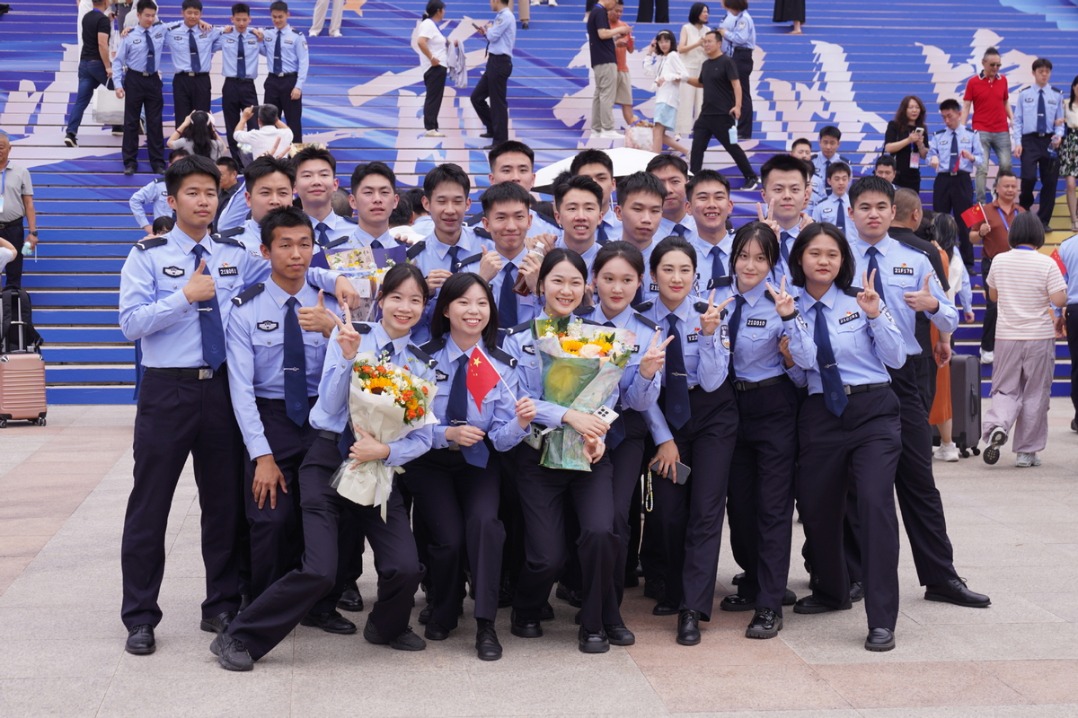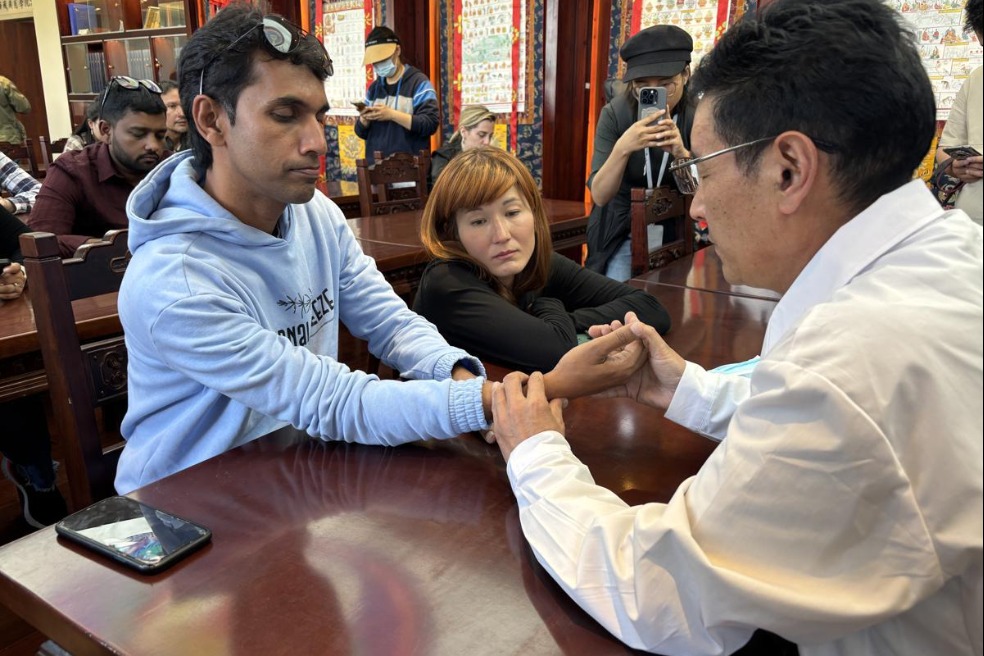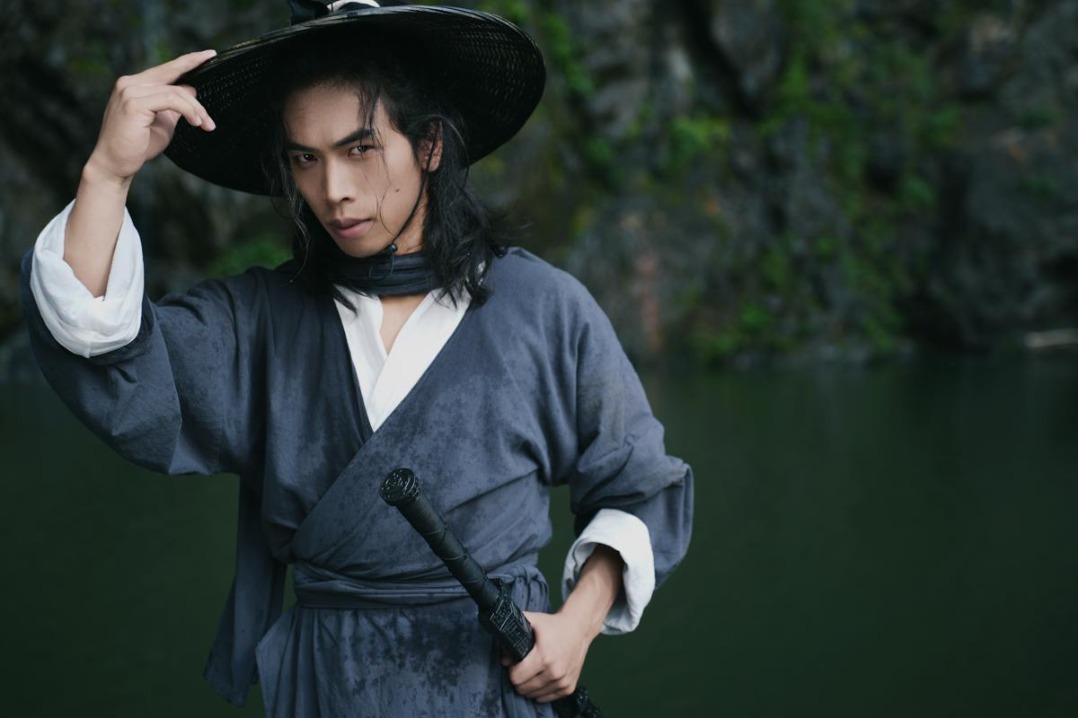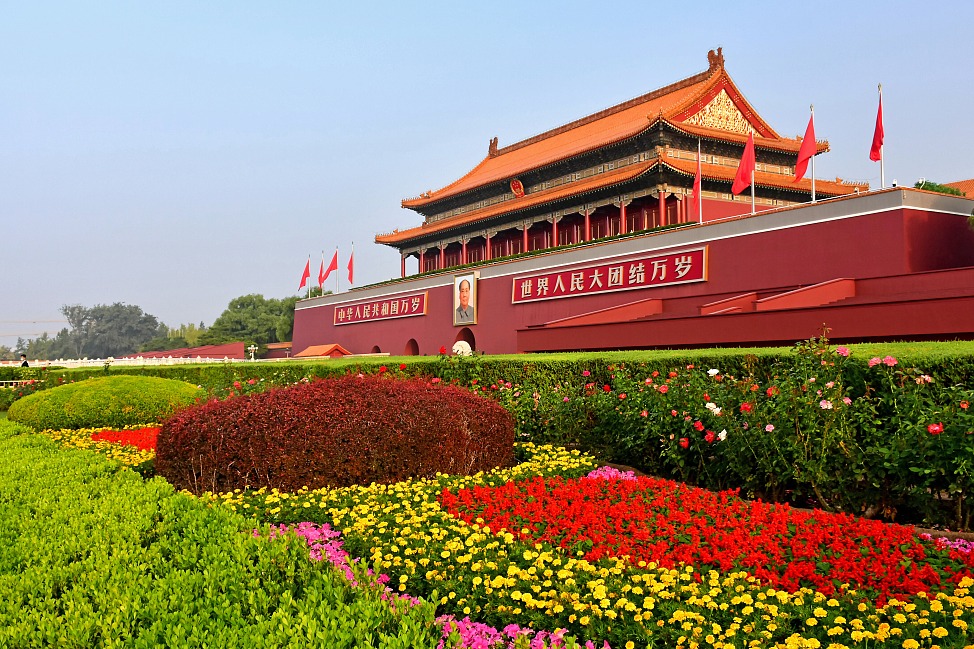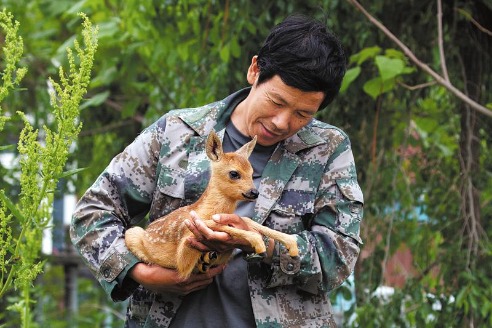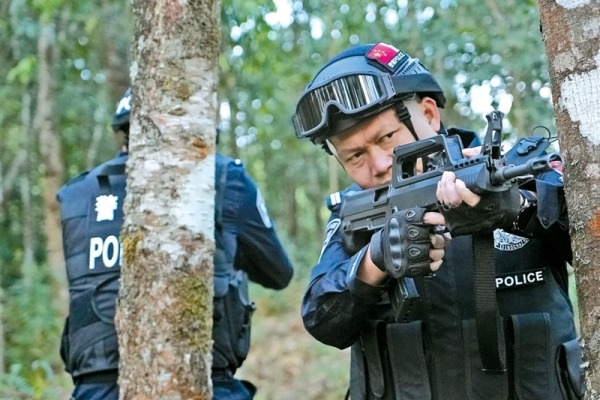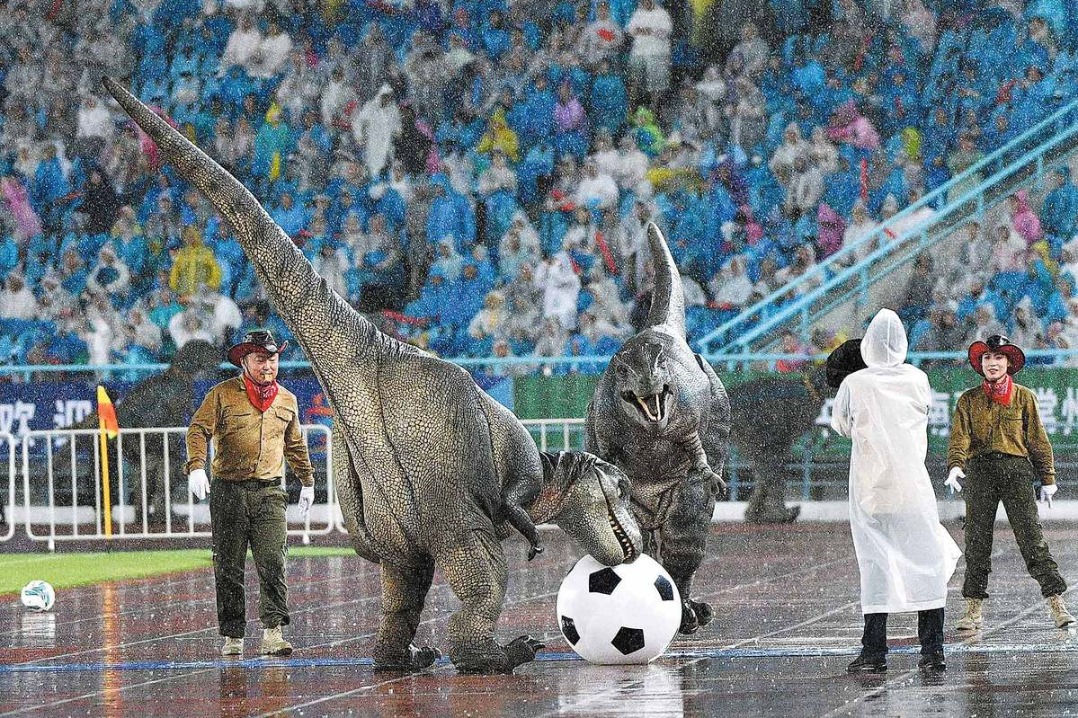Ancient cemetery relics get second wind


Some nine decades after a royal cemetery from the Eastern Zhou Dynasty (770-256 BC) in Luoyang, Henan province was plundered and damaged by tomb robbers, which led to numerous cultural relics finding their way into collections overseas, the first-ever comprehensive archaeological investigation surrounding the key site was officially launched on Thursday.
Zhao Xiaojun, director of the Luoyang City Cultural Relics and Archaeology Research Institute, said a five-year research and excavation plan was drafted for the site-Jincun Grand Tombs-to grasp a thorough understanding of the layout and format of the original mausoleum of the Eastern Zhou kings.
"Thanks to much improved research facilities and conservation technology regarding cultural relics in recent years, we can finally fill this gap in Chinese archaeology," Zhao said.
He said upcoming research will focus on underground construction of the graves, pits containing funerary objects, horses and chariots, and some surrounding satellite graves, but the kings' grave chambers will remain untouched.
In 1928, a large pit suddenly appeared in Jincun village after a dayslong summer rainfall, unveiling an ornate series of tombs. Over the following years until 1932, tomb robbers and antique dealers swarmed to the site and walked off with an unknown number of precious burial objects including jades, gold and silver artifacts, and bronze items from some eight separate tombs at the site.
Apart from a few surviving artifacts, which remain in China to this day, nearly all of the other items found were later taken abroad by foreign missionaries, collectors and "researchers" and can be found in collections in Japan, Canada and the United States as well as other countries.
"It was really pitiful that this misfortune could not be stopped then due to the unstable social environment of China at the time," Zhao said. "Seen from their catalogs published abroad, these lost relics are extraordinary and represent unique shapes and forms. They are of extremely high value for scholars of archaeology, fine arts and history."
In 770 BC, King Ping of Zhou moved to Luoyang amid invasions from the north, starting the Eastern Zhou Dynasty. Until 256 BC, when the last Zhou king died, all its 25 rulers were buried around Luoyang in three mausoleums, and the Jincun site is one of them.
"Following key findings nationwide from vassal state rulers' cemeteries from that period of time, archaeologists are keen to better know what the kings' mausoleums were like," Zhao said.
"Their time was vital in transforming the social system of ancient China. It was also a crucial period when burial rituals were evolving, but a key link has been missing," he added.
Therefore, for comparative studies, a tailored research plan was recently co-drafted by a team including scholars from the Luoyang institute, Shanghai University, the Institute of Archaeology under the Chinese Academy of Social Sciences and other academic institutions.
More scientific proof from underground might also help determine what is lost and where the objects ended up.
According to Xu Jian, an archaeology professor at Shanghai University who has conducted research on these lost items since 2008, the Jincun relics held overseas can be challenging to track down.
He explained that some overseas antique dealers often labeled objects of unknown origin, or even counterfeits, as Jincun relics to jack up market prices.
"Field research at the Jincun site can help us to find 'standard' features of unearthed relics and better identify authentic artifacts overseas. And we can win more say in global academia surrounding this key site," Xu said.
Xu also said a Jincun artifacts database would be set up. Setting identification standards could also prevent more Jincun relics from being lost as well.
- China to deepen cooperation in law and judicial administration with Vietnam
- Taiwan night market finds new home in Chinese mainland
- China issues yellow alert for rainstorms
- Tianjin University marks 20 years of advancing synthetic biology in China
- China confronts senior cancer surge with early detection, TCM
- Expert debunks Lai's 'four elements' argument for Taiwan's so-called statehood



















